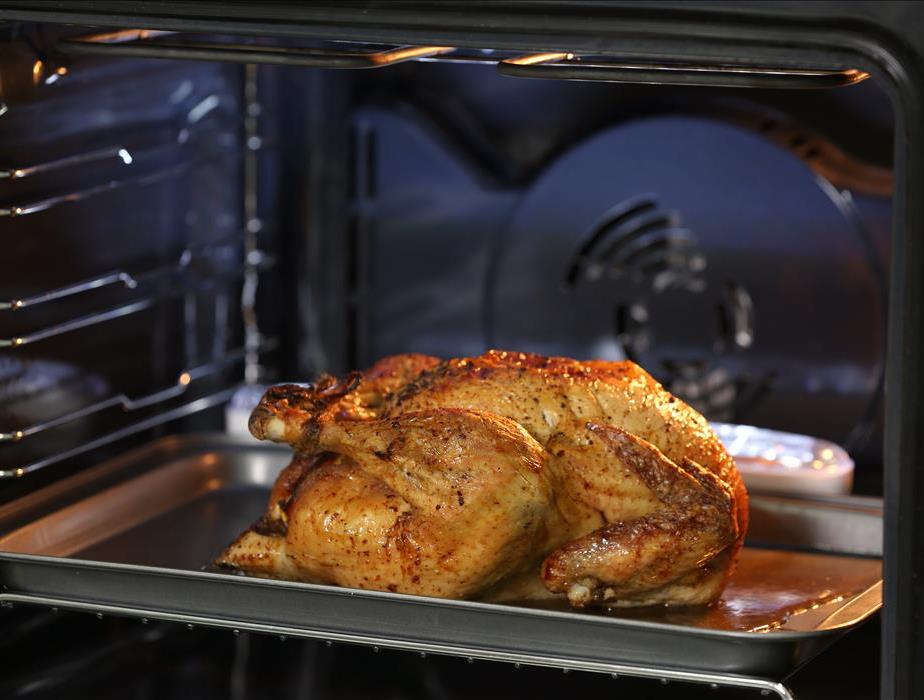Home Cooking Fire Risk Peaks on Thanksgiving Day
11/15/2023 (Permalink)
The holiday season is almost here, and it is a time when home cooking activities are at their peak. Unfortunately, all this cooking leads to a related peak in cooking fires. Cooking fires are responsible for nearly half (49%) of all home fires, according to the National Fire Protection Association (NFPA). To help keep your holidays from, literally, going up in smoke, it’s critical to know and use safe cooking practices.
According to the NFPA, Thanksgiving is the leading day of the year for home cooking fires, with more than three times the daily average for such incidents. The NFPA urges home cooks to take some basic safety steps to help prevent cooking fires.
Keep your cooking area clean and keep anything that can burn (dish towels, oven mitts, packaging) at least three feet away from cooking equipment.
Keep a close eye on what’s cooking, setting a timer to help you monitor foods with longer cooking times.
Keep in mind that the leading contributing factor to cooking fires and to fire deaths overall is unattended cooking, so plan to be at home and in or near the kitchen at all times when cooking.
For those who use a turkey fryer to cook their Thanksgiving bird, it’s important to note that more than two-thirds of home cooking fires begin with the ignition of cooking materials, including food, fat, and grease. The NFPA strongly discourages the use of these fryers. They use large amounts of oil at high temperatures, which can lead to the type of fire seen here2. If you do use one, follow all placement, use, and safety instructions carefully.
If the unexpected does happen, SERVPRO of Jonesboro specializes in disaster restoration, cleanup, and repair services, helping to remediate damage, making it “Like it never even happened” for both commercial and residential customers. For more information on SERVPRO of Jonesboro, please contact us at 870-934-0501 or cpark@SERVPROjonesboro.com. For more information on SERVPRO®, please visit SERVPROjonesboro.com.
Source: https://www.nfpa.org/Public-Education/Fire-causes-and-risks/Seasonal-fire-causes/Thanksgiving





 24/7 Emergency Service
24/7 Emergency Service
